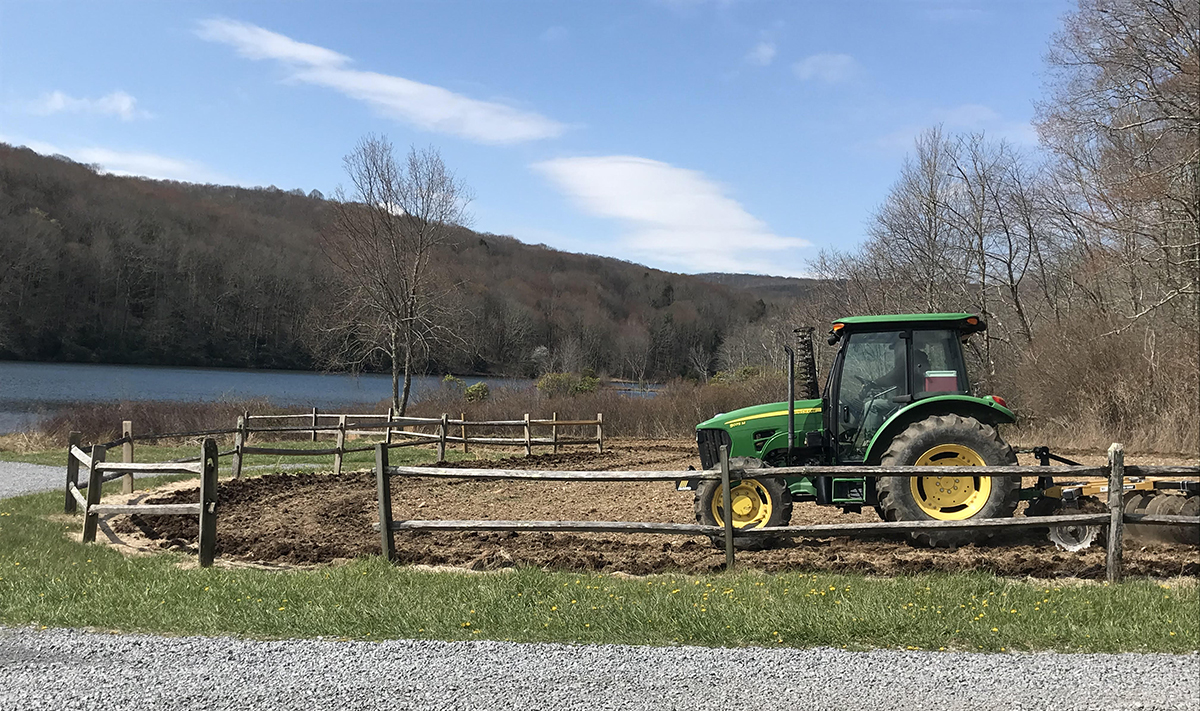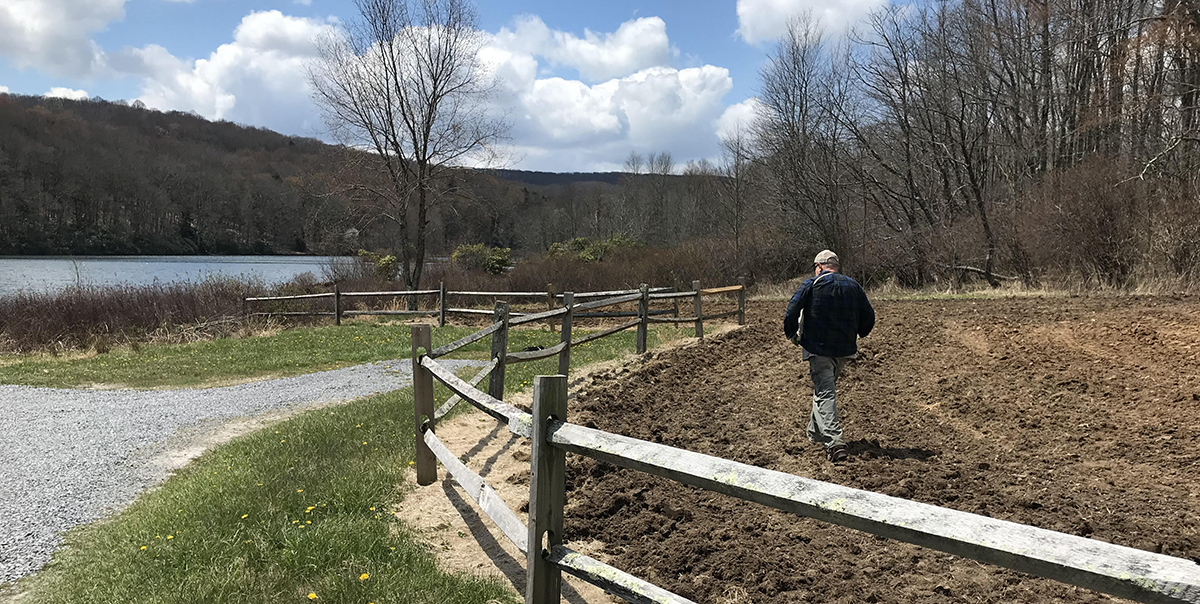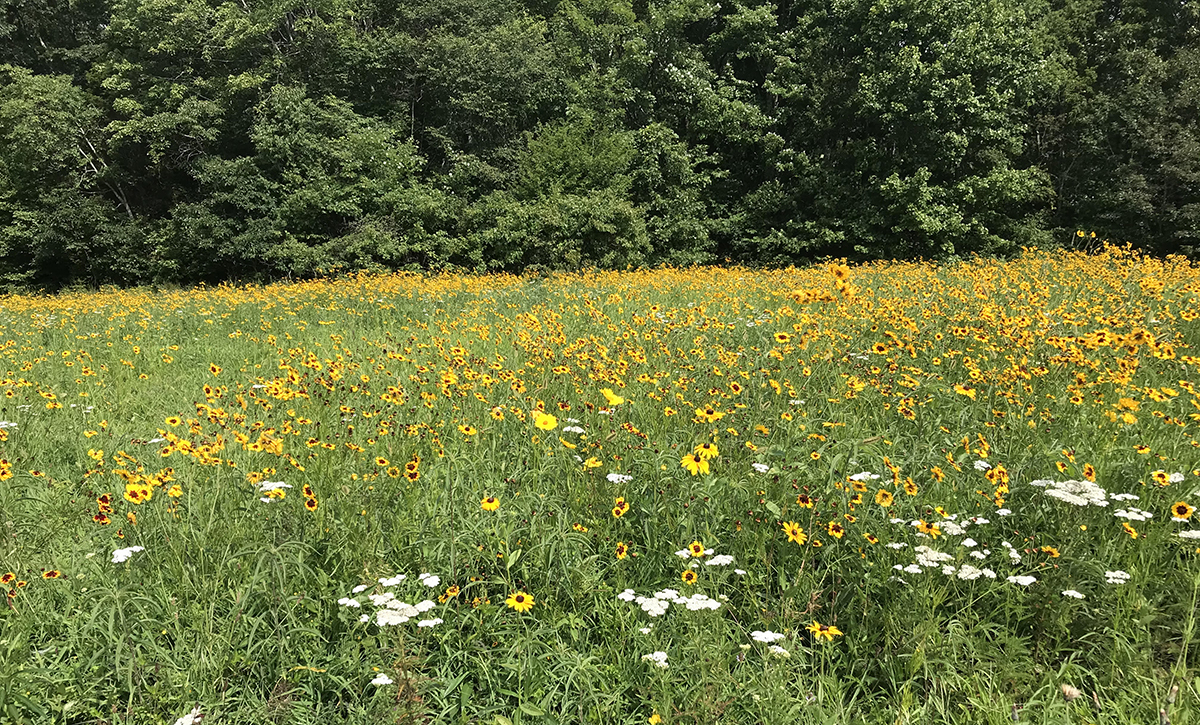Why Kill Plants? How Herbicide Helps Wildlife Habitat
One tool that habitat managers use when developing wildlife habitat seems counter-intuitive—herbicide, or a chemical that kills certain plants. It may sound strange to kill plants in the name of creating habitat, but invasive species of plants and plant and tree species that inhibit the growth of vegetation essential to wildlife habitat can be detrimental to habitat development. Targeting those species with specific chemical herbicides can be an effective strategy for habitat managers.
“All the tools we use can independently, such as timber harvest for thinning, disking the ground, herbicide application, and prescribed fire, can only do so much,” said Matt Kline, DWR Region 1 lands and access manager. Combining and alternating the use of those strategies can accelerate the pace of habitat work and make it more effective. “It speeds up the progression of minimizing the hardwoods and working toward the herbaceous understory that we’re looking for, particularly at Big Woods Wildlife Management Area (WMA). All those tools are really beneficial to use, but they work much better when used in a coordinated effort rather than as a single strategy.”
In addition, the timing of a prescribed fire can be a complicated thing, as staff availability, weather, and other conditions must align. Herbicide application scheduling is much less staff-intensive and flexible in timing. DWR lands and access staff do occasionally contract the herbicide application work out to professional companies to maximize the effectiveness. Ways herbicide is applied range from backpack and hand sprayers to a tank and sprayer attached to a piece of machinery that’s GPS-guided and to helicopter-applied. Anyone applying herbicide on state-owned land must hold a commercial pesticide license.
The key to successfully using herbicide in wildlife habitat work is to choose the correct chemical. DWR staff do research to determine what herbicide chemical both targets the species they want to eliminate and is safe for wildlife in the area. Kline noted that when they applied herbicides at Big Woods WMA, they were extremely cautious to make sure the chemical chosen wouldn’t adversely affect the red-cockaded woodpecker, which was the endangered species that the habitat work was looking to help. Specific chemicals also prevent the killing of desirable plant species. “We’re always doing due diligence to make sure what we’re spraying is suited for that area, meets our goals, and is safe for wildlife,” Kline said.
In addition, land managers consider the topography and land type when choosing an herbicide. They use specific aquatic-safe chemicals near waters, and different chemicals for other situations. They’re also conscious of leaving buffers to prevent accidental over-spraying.
Depending on the chemical used in the application, the area treated might be closed to human traffic for 24 hours, or it may open after the chemical dries. “If we’re going to follow the herbicide application up with prescribed fire, what we generally do is let it cure six to eight months, then burn. The herbicide has killed that target vegetation down to the roots and it’s dried up, so it’s available fuel for prescribed fire on the landscape,” said Kline. After herbicide has killed off undesirable plants in a meadow, disking prepares the soil for planting of the target species that will help create the desired habitat.
Herbicide application isn’t a strategy land that habitat managers use yearly or in repeated ways on the same areas. “If we can stay on a good rotation of prescribed fire, it might be 10 years before we look at re-spraying an area,” Kline said. “It depends on your specific goals.”

The future pollinator plot at Hidden Valley WMA after herbicide application, with the undesirable plants species killed off.

Disking the soil after the herbicide killed off undesirable plant species.

Distributing fertilizer and seed on the disked soil.

The Restore the Wild pollinator plot at Hidden Valley WMA in full bloom.
